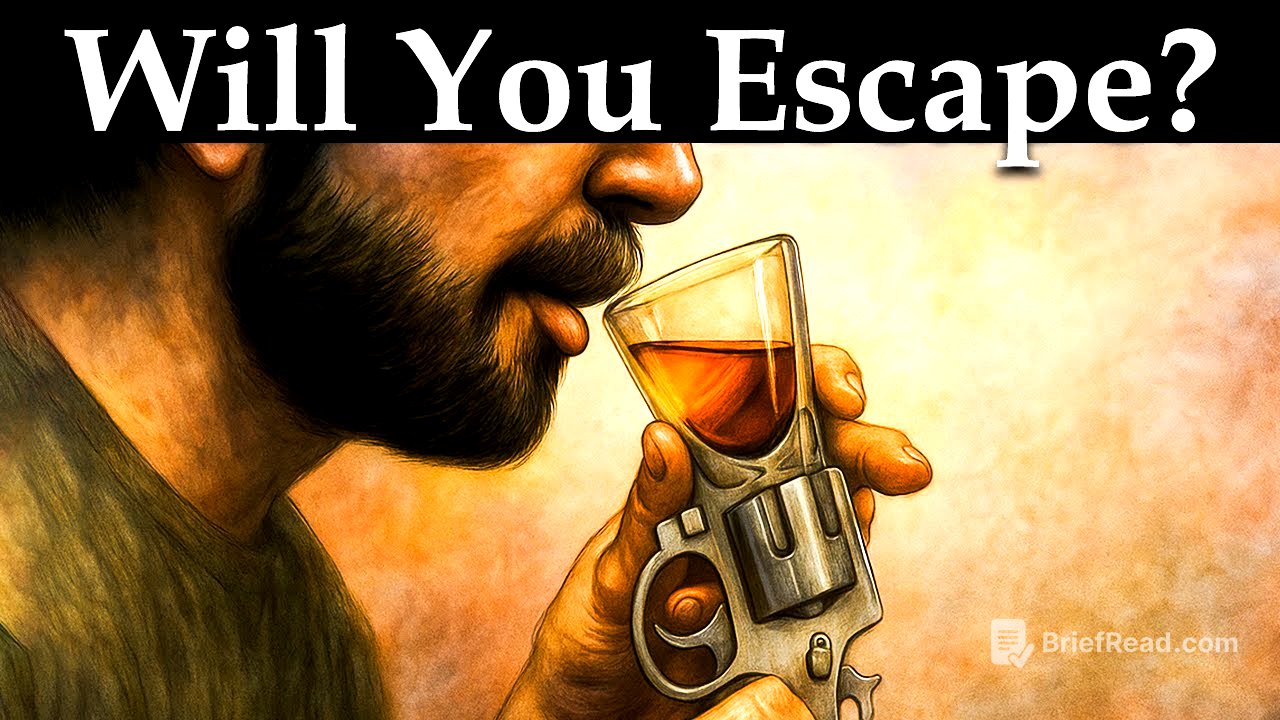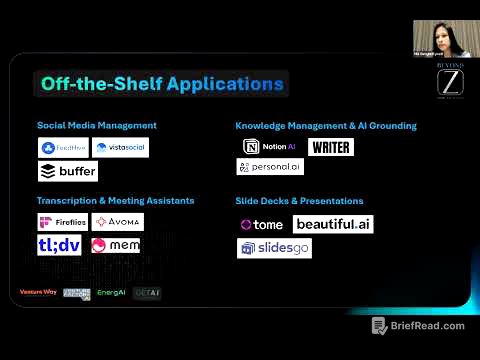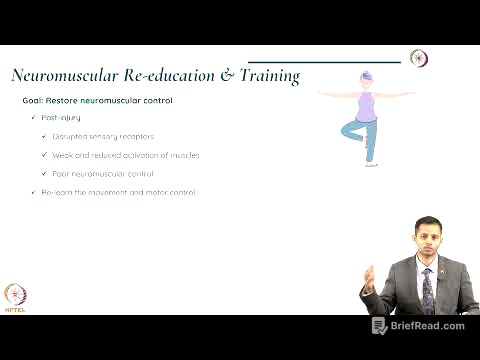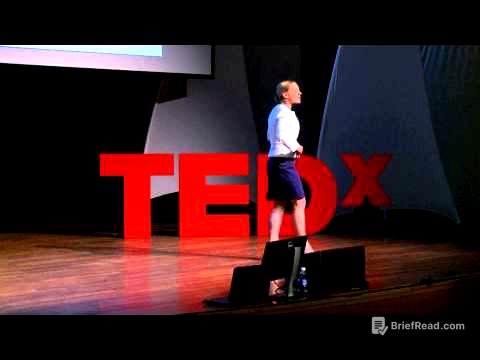TLDR;
This video explores addiction through the lens of Carl Jung's psychology, presenting it not as a moral failing but as a symptom of deeper, unmet needs. It challenges the conventional approach of suppressing cravings and instead advocates for understanding them as messengers from the soul. The video guides viewers through a process of self-discovery, urging them to confront their "shadow selves" and integrate rejected aspects of their personalities. By naming and understanding cravings, individuals can transform their relationship with themselves, using the energy of these urges for personal growth and ultimately achieving a sense of wholeness and self-trust.
- Addiction is a symptom, not a weakness, signaling unmet needs of the soul.
- Cravings are messengers, offering insights into hidden pains and rejected aspects of the self.
- Self-mastery comes from understanding cravings, not suppressing them.
- Transformation involves integrating the "shadow self" and using the energy of cravings for personal growth.
- The journey to freedom is a process of small, courageous acts of self-awareness and self-compassion.
Introduction: The Ancient War Within [0:07]
The video introduces addiction as a pervasive battle that shapes much of life, extending beyond obvious substances and behaviors to an internal conflict between desires and needs, comfort and courage, and the shadow and the self. Carl Jung viewed addiction as a symptom or message from the soul, not a weakness. The presenter argues that the fear of confronting one's true self, rather than laziness or lack of willpower, traps individuals in addictive cycles. This involves seeking temporary relief from pain through habits, followed by shame and a cycle of repetition.
Cravings as Messengers: Understanding the Soul's Pain [2:08]
The video challenges the common perception of cravings as enemies, instead framing them as messengers from the mind attempting to communicate truths that the conscious self has ignored. Cravings are presented as the language of the soul's pain, indicating something missing in one's life. The failure to recognize this leads many to focus on discipline without understanding the underlying message of the urge or the part of themselves they have suppressed. The "shadow," in Jungian psychology, encompasses rejected and denied aspects of oneself, which grow more powerful when hidden, often manifesting as addiction.
Transforming the Shadow: Attention, Not Force [4:08]
The video critiques the cultural obsession with self-control and suppression, arguing that these methods are ineffective against the shadow. Jung believed that the shadow is transformed through attention, not force. The presenter uses the analogy of pushing a beach ball underwater to illustrate how suppression leads to a stronger rebound of cravings. The key is to understand the craving rather than suppress it. This involves pausing to identify what one is truly seeking in the moment—comfort, distraction, or love—marking the beginning of self-mastery.
The Invitation of Addiction: Healing Through Self-Acceptance [6:16]
The video presents addiction and the shadow as invitations to explore what one has refused to feel and what part of oneself needs to be heard, healed, or welcomed. Healing begins with making peace with one's wounds, longings, and forgotten dreams, rather than declaring war on oneself. Curiosity is the first step in rebelling against addiction's power. By daring to ask deeper questions, individuals can find themselves.
Possession and Ritual: Reading the Currents [7:53]
The video describes the state of "possession," where an internal force seems to control one's actions against their will. Addiction is portrayed as a ritual performed when feeling lost or overwhelmed, with each habit holding meaning and serving as a clue. The craving is not arbitrary but triggered by specific events, feelings, or thoughts that make the world feel overwhelming. The video encourages facing the craving and asking "Why are you here?" to uncover the underlying feeling being avoided, such as loneliness, fear, or unhealed childhood wounds.
Naming and Integrating: The Power of Self-Awareness [10:39]
The video emphasizes that willpower is exhaustible and that true self-mastery lies in understanding and navigating one's patterns. It introduces the concept of naming cravings to bring them out of the shadows and diminish their power. The goal is not to destroy the craving but to integrate the lost part of oneself that is using the craving to seek help. This involves honesty, asking what one is avoiding, what pain has been refused, and what hopes have been abandoned.
Patience and Self-Trust: The Journey to Wholeness [13:37]
The video stresses that freedom from addiction is a process, not a one-time event, resulting from small acts of courage and self-awareness. It encourages patience and trust in the process, emphasizing that each honest question plants a seed for the future. As one learns to listen to their cravings, a wiser voice emerges, offering comfort and reassurance. This marks the beginning of self-trust and individuation, the journey of becoming whole by welcoming all parts of oneself.
Alchemy of Craving: Turning Poison into Power [15:59]
The video introduces the concept of alchemy, turning lead into gold, as a metaphor for transforming addiction. It suggests using the energy of cravings for transformation rather than fighting or numbing them. Cravings are seen as sparks full of potential, and the video encourages channeling this energy into positive actions like deep breathing, physical movement, writing, or creating. This practice rewires one's relationship with themselves, replacing old rituals with new, meaningful ones.
A New Identity: The Hidden Reward of Transformation [19:57]
The video explains that transformation is measured by one's willingness to show up honestly for themselves, day after day. The journey through addiction leads to a new relationship with oneself, realizing one is stronger, wiser, and more capable than imagined. The final step involves using the urge as a reminder to check in with one's deepest self, asking what one truly needs and finding a small, honest way to provide it. This weakens the old pattern and strengthens the new, leading to lasting change and freedom.









![[사나의 냉터뷰] 사나 언니 홀리러 온 아기 고양이 닝닝🐈⬛l EP.11 에스파 닝닝 편](https://wm-img.halpindev.com/p-briefread_c-10_b-10/urlb/aHR0cDovL2ltZy55b3V0dWJlLmNvbS92aS9NWjZyUjVYUm1XZy9ocWRlZmF1bHQuanBn.jpg)